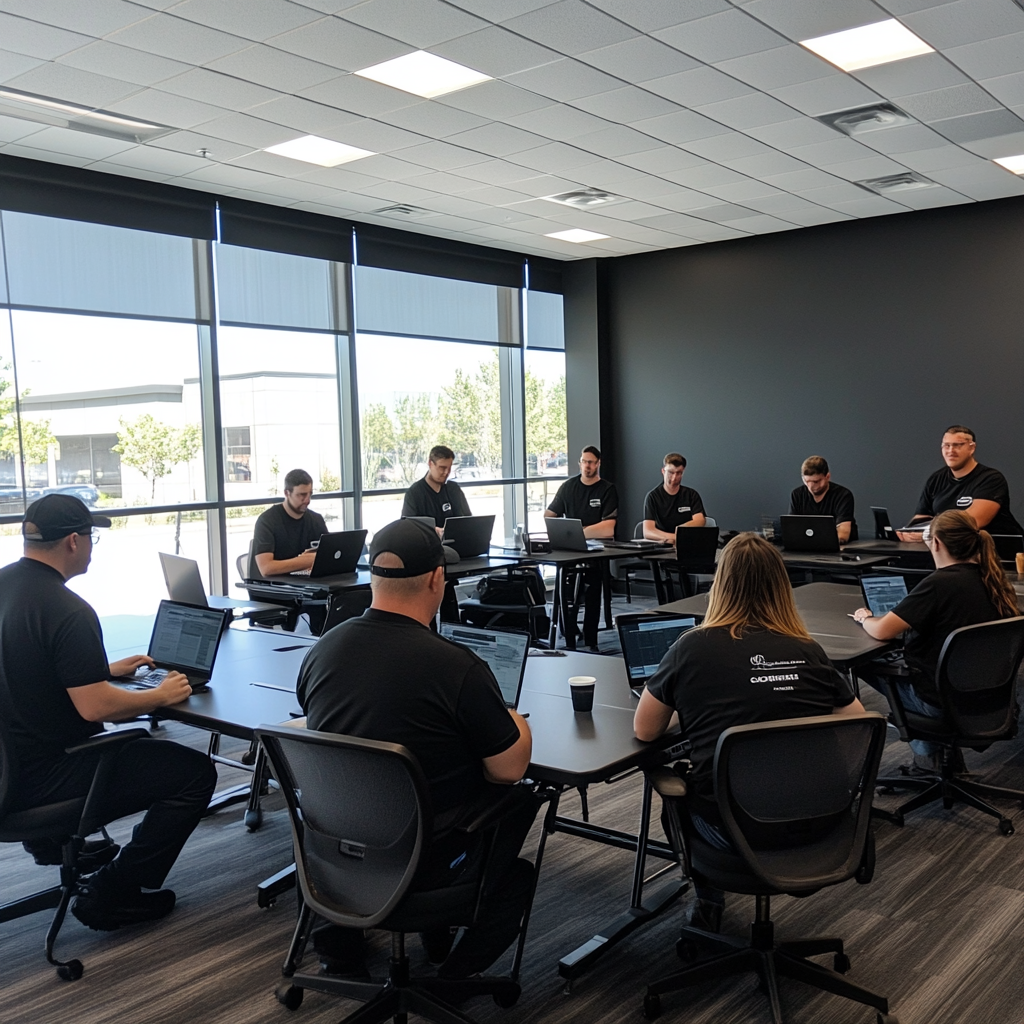Social Engineering Testing
Spotting attacks is passive. Offensive security is proactive.
Social Engineering Testing
Could Your Team Spot a Cyber Attack?
How easily would your employees spot and appropriately react to a real social engineering attack?
There’s only one safe, insightful way to find out: staging and simulating different types of social engineering attacks.
Get Started With Mitnick Security
Mitnick Security is proud to boast a 100% success rate when using social engineering to test systems. That’s because our elite team of security consultants, The Global Ghost Team™, has done it all and seen it all in cyber security.
Get more info on social engineering testing from the top cyber security team in the world today by filling out the form here!

What Exactly Is Social Engineering?
Social engineering in cyber security is an extremely effective technique used by hackers worldwide to compromise systems and proprietary information assets. In fact, it’s one of the top two hacking techniques threat actors use to compromise organizations like yours.
With the use of savviness and open source intelligence (OSINT) from social media and other publicly accessible websites, malicious “social engineers” weave a convincing pretext via phone, email, or in person — all with the goal of deceiving members of your team into trusting them.

Safely Testing Your Team’s Cyber Security Readiness
Putting your team through social engineering training is one thing, but social engineering testing is another.
During a social engineering test, our white hat security consultants leverage all the social engineering techniques and attack vectors a real threat actor would use to deceive management and employees. To truly test your team’s cyber security readiness, we may:
- Send phishing emails to entice your team into sharing information, opening a malicious attachment, or clicking a link
- Make vishing phone calls to individuals within your organization, posing as the IT helpdesk, a vendor, supplier, customer, fellow employee, or even a manager to access private info
- Lure victims to a spoofed website that appears to be associated with your company or an app you use
- Exploit a client-side software vulnerability and gain control of the system by tricking the user into visiting a URL or opening up a malicious attachment
- And more

Rolling Out the Simulated Attacks
Once you’re onboard, we’ll kick off with a chat with your team. We’ll use this opportunity to discuss the engagement rules, what to expect, and how to alert you if something is being detected during the testing phase.
Since our testing goes so far beyond simple baiting for link clicks, it’s during this call that we’ll identify your most guarded/sensitive information to target for access and exfiltration. We also use this time to identify any specific targets you want tested or excluded (contractors, CEO, C-Suite staff, interns, etc).
Is the attack disruptive?
Because our goal is to be as unobtrusive as possible, we aim to gain access to your data or systems unnoticed. Your team may not even discover they’ve been compromised until you go over the findings with them directly.
Once testing commences, we’ll begin by gathering information on your organization and anyone with access to information systems or sensitive data. Then, it’s onto the fun part!
Our master social engineers develop the ruse, pretext, and situations we’ll use to influence your team — which involves extensive planning before any attack is made. It’s our superior preliminary research and strategizing that allows our white hat social engineers to develop plausible situations that are realistic, credible, and trustworthy.
Need a Custom Social Engineering Test?
Your Results
After a few weeks, or the specific terms of your social engineering testing period, we’ll schedule a final call to review our findings.
Your detailed and easy-to-explain report will include a walkthrough of our simulated cyber attacks. You’ll know exactly which personnel were tested, the details of each attempt, and our expert recommendations for fortifying your current policies.
Our team will also go through areas that we found to be positive — or doing well as a form of protection — and discuss each aspect of your cybersecurity posture by rating them from informational (lowest risk) to critical risk (highest risk). This will allow our team to strategically map out the top priorities to focus on for fortifying your cybersecurity infrastructure.
Lastly, we’ll even help your IT team to implement new (or adjust old) security policies that reflect today’s social engineering threats and the results of our test.
Fortify and Protect Your Organization From Cyber Threats
At Mitnick Security we uncover the most dangerous potential exploits to your company, provide robust reporting, and give you concrete insights during all the phases of penetration testing.Connect with our team to get started.
